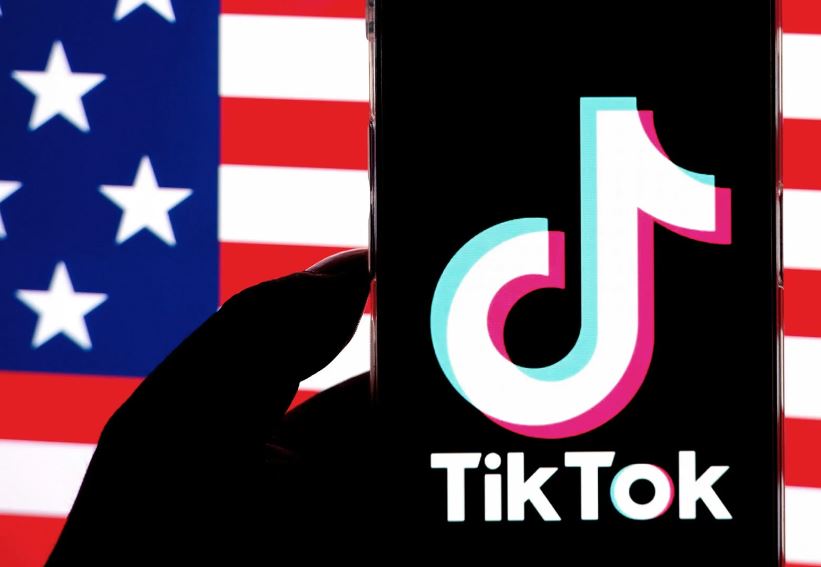When hearing the word Virtual Reality, people often have a vision of gaming and the presentation of its dimensions. But has recent VR technology like the Apple Vision Pro taken this into a different perspective and into the mainstream of pop culture.
Current developments in Virtual Reality have been taking over the interest of gaming and its knowledge and moving it to a more life related perspective. This is the step to future life and how its organization may be, by helping users multi-task with certain things all by sitting on spot. This corresponds to the second company in the world with their sleek design and electronic advantages and most recent release – The Apple Vision Pro.
The new Apple Vision Pro takes a step away from games and has the original functions that any iphone or computer do just in a different dimensional space. Functions like arranging apps, managing your settings and even allows you to connect other devices to a headset like a Macbook. The headset lets you navigate digital content and certain apps in your physical space with just your hand movement, eyes and voice. To enter a certain app simply look at the icon and pinch your fingers together.
Apple recently released an introduction video for the Vision Pro, where they reference the special features and dimensions. Apple shows how to use the device and showcases seeing the apps live in front of you as well as them being in your space.
The Apple Vision Pro is marketed as a “special computer” where digital media is integrated with the real world. This headset has a sleek and futuristic design that sets forth from other VR Headsets. It runs at 90 FPS but can reach up to 100 FPS depending on what content is being run. This futuristic looking headset currently retails at $3499 for the least storage – 256 GB but ranges up to $3899 with storage up to 1TB.
The Apple Vision Pro places people into a space where all apps and digital life is visible in any space the user might be. This is a step to help users organize their daily life with changing apps to the user’s fit and where they would like their workspace to be navigated as well as letting the user move or walk around and live their lives. Any digital icons presented in a physical space is highly suitable. Changing the perspective away from a virtual world Apple’s vision is to keep their users in reality with just some digital editions
Creation of VR Headsets has exploded over time enhancing gaming experiences and opening another world for gaming enthusiasts. The Meta Quest 3 (Facebook’s Meta Quest) competes with Apple but stays on the focus of different dimension gaming and apart from real life space. Meta Quest’s goal is for users to enjoy gaming anywhere with friends at any time the user wants.
Meta Quests 3 has a lot to offer but still contending against apple. Starting from 500+ Immersive experiences, 2064 x 2208 pixels per eye with 120 Hz refresh rate which advances from the VisionPro with the refresh rate of up to only 100 Hz.
As an advancement to the gaming industry, it sparks the memories of different manufacturers and resembles the true history of VR. Large companies to this day popular in gaming released several limited VR games that gathered attention throughout the world. The art of different dimensional gaming systems forwarded the new and futuristic machines.
Virtual Reality took a serious rise in the 1980’s – 1990’s featuring companies known for gaming such as Sega and Nintendo. Nintendo took its first big leap and released the significant red machine called the Virtual Boy.
On July 21, 1995 this video game console was released in Japan. The system used a monochromatic visor that had simulated a 3D look on its games. This system ran off six AA batteries powered by a battery pack. 1×224 linear rays per eye projected the game through oscillating mirrors.
Virtual Boy only had 14 games that were released in the USA, but 22 released in Japan. Nintendo highly encouraged parents to not let children under the age of seven play as it caused eye damage.
The system came with a controller that featured 2 D pads on either side and 4 buttons next to them. Upon release Virtual Boy retailed for $179.95 and sold about 770,00 systems worldwide.
The huge takeoff in new intelligence and virtual reality continues as new systems release with different features and expansion of its prior model.








